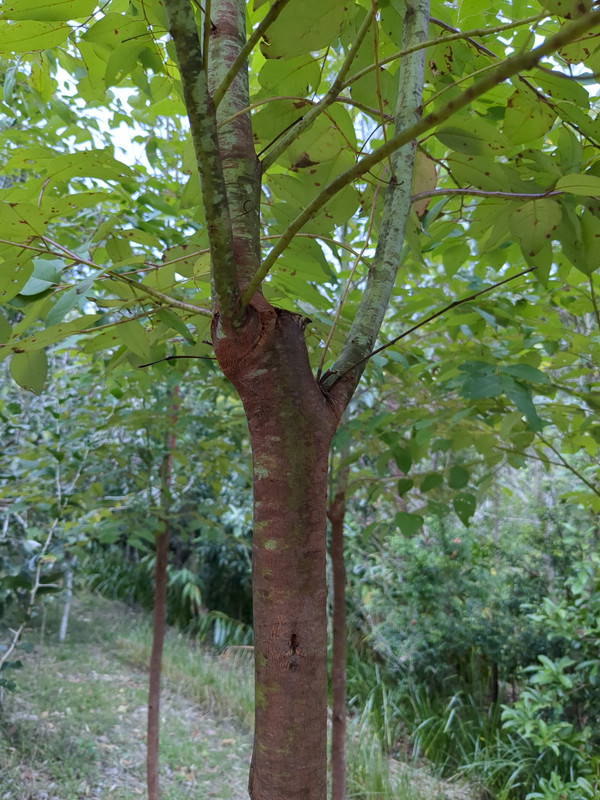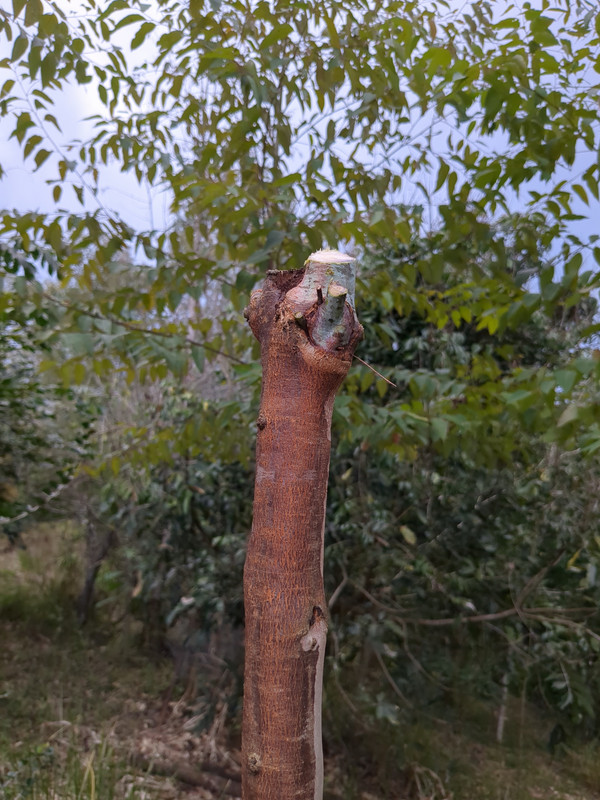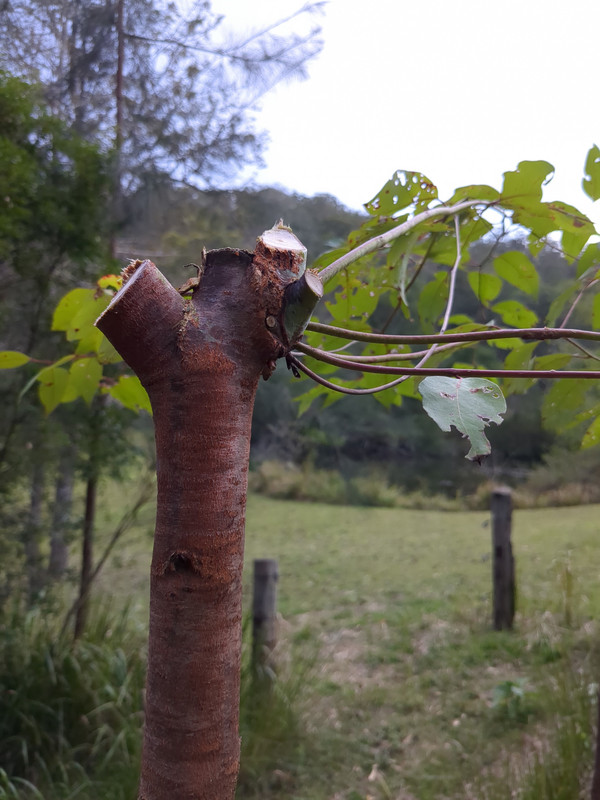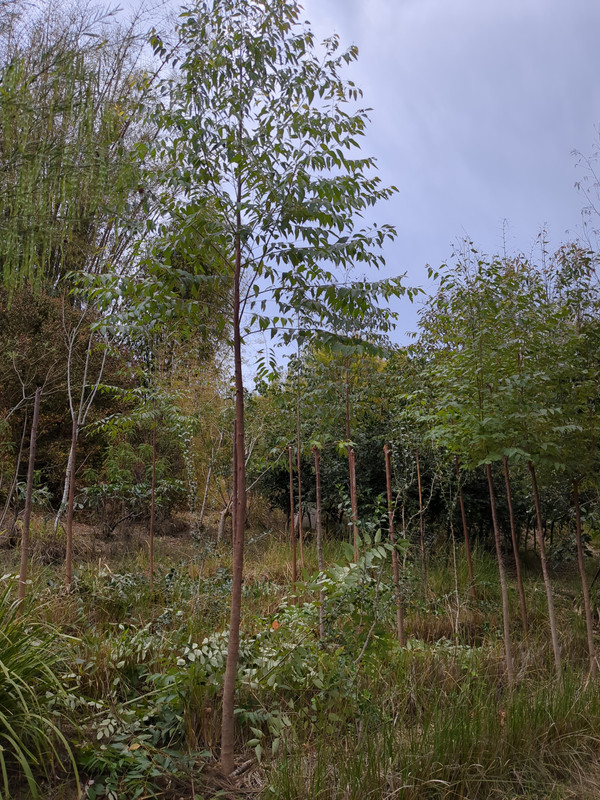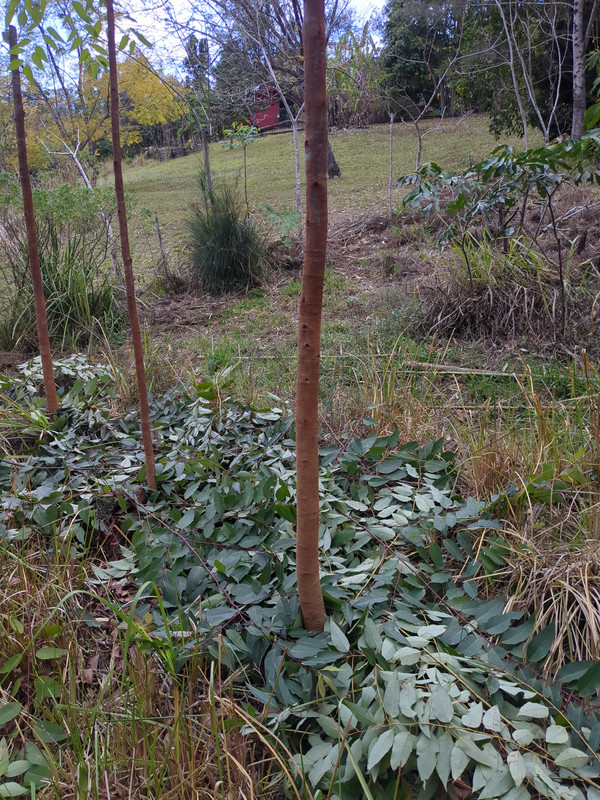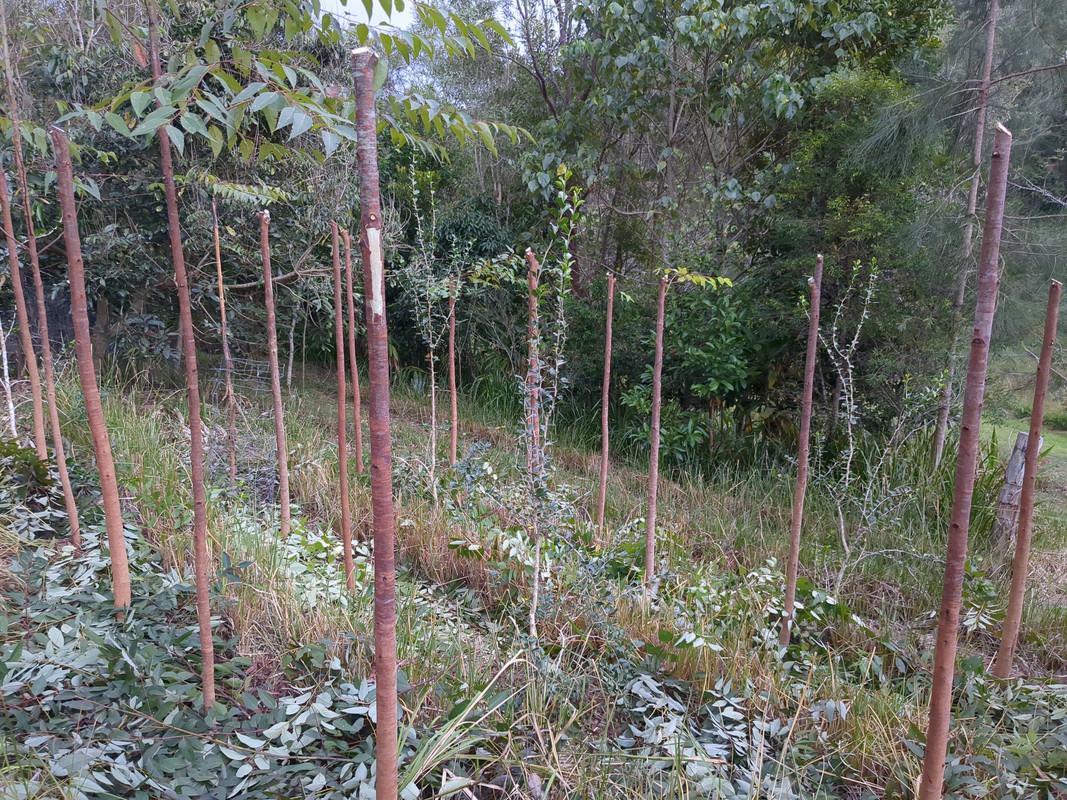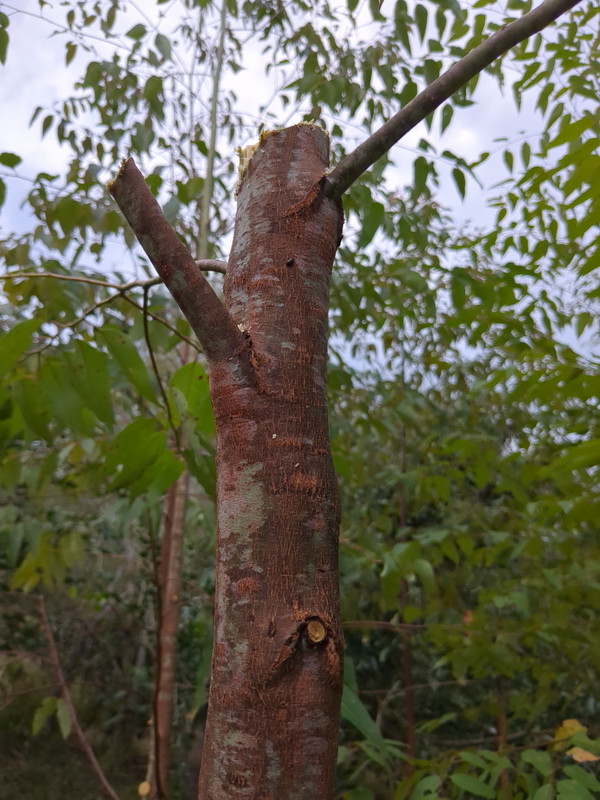Tree Huggers
884 readers
11 users here now
A community to discuss, appreciate, and advocate for trees and forests. Please follow the SLRPNK instance rules, found here.
founded 2 years ago
MODERATORS
326
9
IngaFoundation - Restoring Land – Sinking Cabon – Transforming Lives – Saving Rainforest
(www.ingafoundation.org)
327
328
329
330
6
How we brought mistletoes back to the trees of Melbourne – while warding off hungry possums
(theconversation.com)
331
24
Living near green spaces could add 2.5 years to your life, new research finds
(www.washingtonpost.com)
332
333
334
335
336
337
338
339
340
341
342
343
344
345
30
Plant diversity in urban green spaces led to sevenfold increase in insect species, study finds
(www.theguardian.com)
346
347
348
349
350


